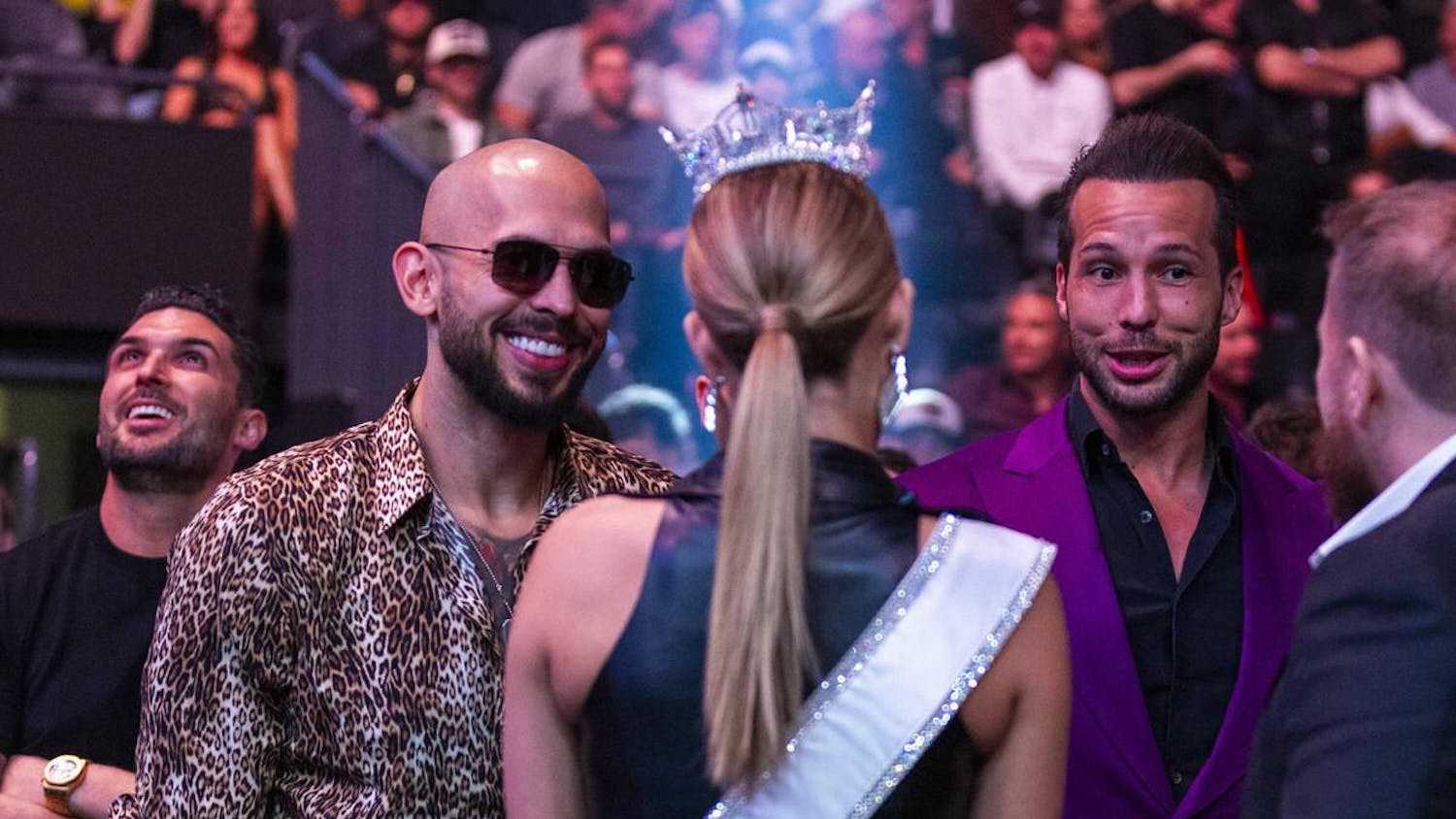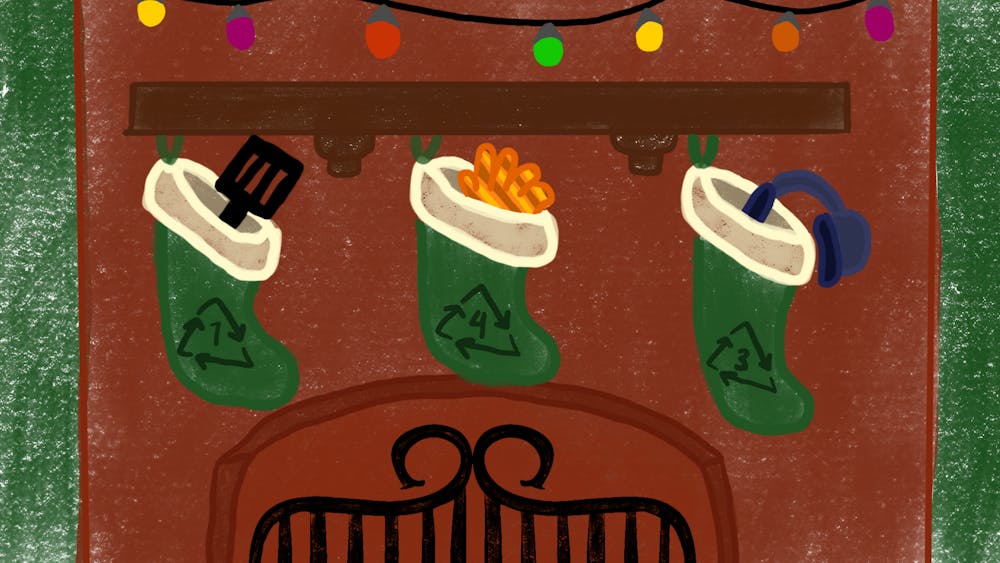There’s something magical about “Gilmore Girls”.
The show, which ran from 2000 to 2007, has reached near cult-classic status. So it was no surprise when Netflix — the now-undisputed queen of nostalgic television revivals — announced they would be making four new episodes. “Gilmore Girls: A Year in the Life" finally hit the internet this past weekend, and for better or for worse, the Gilmore Girls are back.
In the grand tradition of all reunions, there’s something about the new episodes that feels off. From the cinematography — which at times seems like a low budget porno with lots of upshots — to the dialogue, everything is stale in comparison to the original.
A massive portion of the early-2000s series’ success was due to writer and creator Amy Sherman-Palladino’s quick-witted writing, but the revival’s cultural references feel out of date — and not in the charming so-old-they’re-practically-new-again flare that Sherman-Palladino usually employs. Instead, the quips of new episodes feel desperate — like an old woman trying her best to appeal to the youths.
Even the plot structure, consistent in distinctly Gilmore style and tone throughout all seven original seasons, feels like it’s trying too hard to be taken seriously.
The original episodes featured one solid family falling-out per season, but the revival has at least one “Who’s Afraid of Virginia Woolf”-style screaming match per hour. While the shifty underbelly of generational family drama certainly makes for popcorn-worthy viewing, what’s sacrificed is the comfort “Gilmore Girls” used to provide.
The change in tone is more depressing than I could have imagined, and it permeates all aspects of the show. One of the central Gilmore Girls, Rory — a Yale-educated journalism major who has always been the hallmark of ambition on the show — is now unemployed with no direction.
At best, I will say that Rory’s character arc ended with a real-world fate. Like so many 30-somethings, Rory finally succumbed to her own damp paper towel of a personality and gave up on her dreams. However, in a show formerly praised for its rose-colored camera lenses, this dark twist of realism feels like a stab in the back.
Of course, there are a lot of things to like about the show, too. One of the most perverse pleasures of reunion shows is seeing the devastations of aging in people you haven’t thought of in years.
The entire 6-hour revival was a slow montage of how it feels to watch “Home Alone” while googling pictures of current Macaulay Culkin — part euphoria, part disappointment, all satisfaction. Kind of like popping a zit.
My final verdict is half the cast looks better than ever and the other half looks like they’ve been slowly melting since 2007.
Overall, I feel about “Gilmore Girls: A Year in the Life” the same way I’ve felt about all cult classic revivals. I’m happy to have visited old friends, but mostly I wish Netflix had left well enough alone.
One of the marks of great content is knowing when to stop, and maybe 2007 is where “Gilmore Girls” should have stayed.
rjdague@indiana.edu





